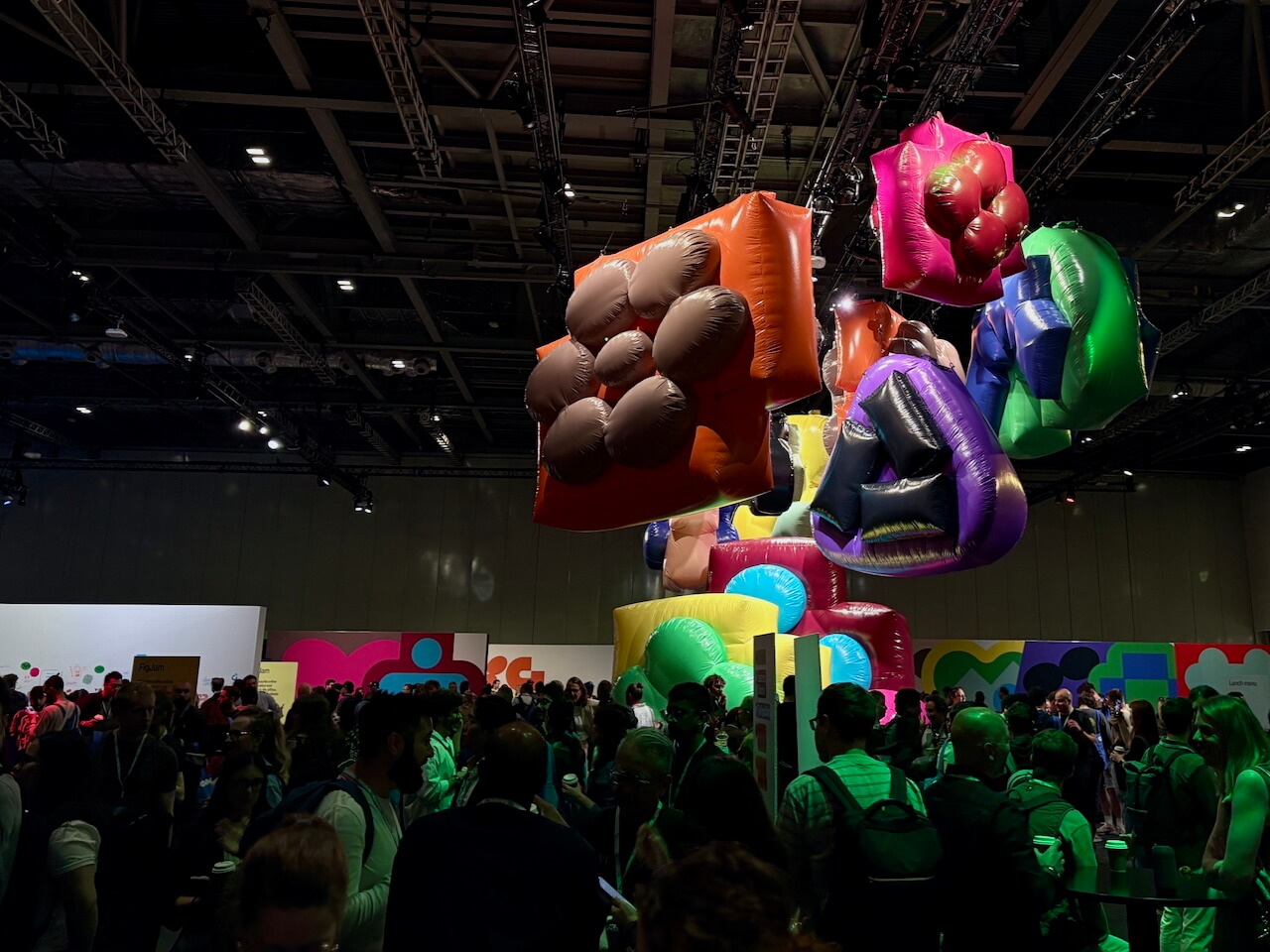
This Wednesday, I joined thousands of designers at Config London 2025 for inspiring talks.
It was an intense 4 days in London with my 9-month-old. We traveled Monday and Thursday, explored Hyde Park on Tuesday, and I attended Config on Wednesday.
Config was my first design conference. I came seeking new perspectives and thoughts. And no speaker disappointed.
What struck me most was the focus on design practice rather than the current AI discourse.
Highlights from presentations
All talks are available to rewatch online.
Christine Røde (The Browser Company): “Designing for both iOS and Android—the Right Way”
Christine advocated for more native apps. For me this connected with the concept of “boring magic” by Steve Messer.
I’ve been asking myself: What if our goal isn’t to impress users with fancy UI but to help them achieve their goals?
Normal UX works without disrupting familiar workflows. It feels good and gives users control.
Established UX patterns create space for unique expression and branding. Solving user problems shows you care.
Ningfei Ou (Google): “Stop with the dirty tricks: confessions of a UX skeptic”
Ningfei shared an insight I wrote in my notebook:
“The inability to articulate the problem limits our ability to solve it.”
This captures how often we jump to solutions before understanding problems. And it reminded me a template to validate your understanding:
When [specific situation] I want to [motivation] so I can [desired outcome]
- “When __” focuses on the situation
- “I want to __” focuses on motivation
- “so I can __” focuses on outcome
This structure uncovers context, emotions, and true user goals beyond surface requests. If you can fill the blanks.
Timothy Achumba (Microsoft): “How Figma became my gateway to physical product design”
Timothy closed with a question that stuck with me: “What’s the one idea you’re sitting on?”
His presentation traced a journey through side projects. As designers, we have ideas but rarely follow through. Figma Sites and Figma Make (can I get some credits?) remove barriers to playing and building.
This prompted me to revisit three ideas:
- Completing my personal portfolio (why is it always designers who neglect their own sites?)
- Building a prototype for XmR charting that makes statistical process control more accessible
- Creating a budgeting app focused on daily saving goals
Dylan Field (Figma CEO and Founder)
In closing, Dylan offered:
”The question is not just, can you make it work? It’s how it works that actually matters.”
This resonated deeply. User experience matters, but so does building and maintaining a profitable business.
Not everything needs Silicon Valley-scale ambition, but anything well-made reflects commitment to craft.
What I’m carrying forward
Figma handed out a book called “Practice”—essays and interviews about design practice. I’ve only read the introduction but will share thoughts when I finish.
The most valuable takeaway wasn’t any specific thought—it was the reminder that design is about practice. It’s showing up daily, being curious about problems, and remaining open to perspectives that shift your thinking.